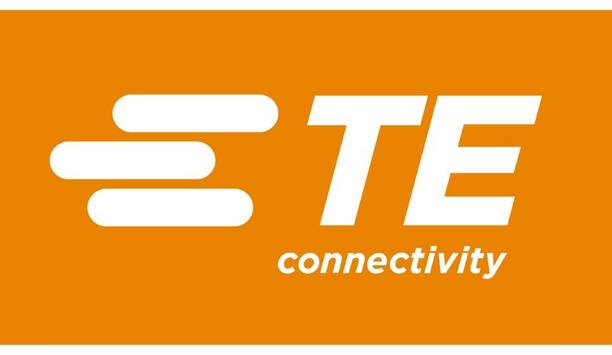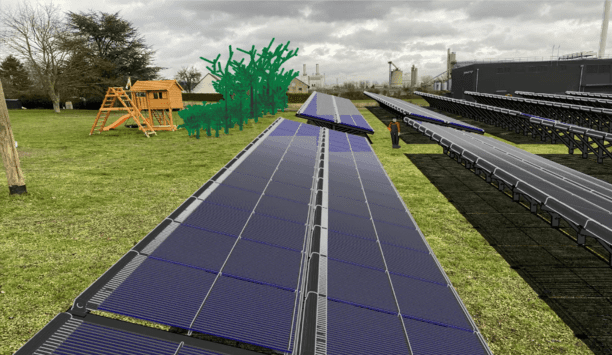Time-of-use (ToU) tariffs have been around for decades. Originally introduced to incentivize energy consumption at night to level demand, they have recently experienced a boost in popularity. They allow energy providers to shift demand and shave peaks while enabling consumers to save on their energy bill.
"ToU tariffs are time-varying tariffs that incentivize load adjustment, either manual or automated. This allows customers to save on energy expenses while benefiting the system. Demand-side flexibility is key for a renewable-powered future. Tariffs that change with time of use enable demand response," said IRENA International Renewable Energy Agency on Time-of-Use Tariffs.
Home energy management systems
Three recent developments have fostered the adoption of ToU tariffs:
- Technological advances – The rollout of smart meters and advances in information technology have made the adoption of ToU tariffs more comfortable. While consumers were previously required to manage their energy manually, there are now plenty of home energy management systems available. These systems not only accommodate users’ individual needs but can also instantly react to changing prices.
- Ongoing electrification – The climate crisis is forcing an increasing number of previously fossil fuel-powered sectors to shift to electricity. Take mobility as an example: the number of EVs in Germany has grown from 25,000 in 2016 to around 330,000 in 2021 – and this trend is not expected to end anytime soon. Consequently, more and more households have large loads that can be shifted.
- Regulation – The EU has agreed on a new directive that requires large energy providers to offer ToU tariffs so that their customers have access to the electricity markets to trade their flexibility and self-generated electricity.
Quicker response times
Technological advances enable quicker response times and greater comfort for consumers when shifting loads
Technological advances enable quicker response times and greater comfort for consumers when shifting loads – loads that are larger and more changeable due to the electrification of mobility and heating. If increased savings and user comfort weren’t enough, new regulation is also obliging providers to offer flexible tariffs, further driving the adoption of ToU tariffs.
Whereas all ToU tariffs are characterized by prices that are not constant over time, the way those prices vary depends on the specific type of the tariff. In general, flexible tariffs can be characterized by anything from static, where prices are known beforehand, to dynamic, where prices vary with wholesale prices.
Periods of extreme peaks
Under static pricing, a day is divided into two or more time periods. The price is known upfront and varies depending on the period. In the simplest form, static pricing is simply split between day and night to reflect peak and off-peak periods. But days can also be broken down into more segments to reflect peak and off-peak periods in more detail.
Here, prices are static but may be increased for periods of extreme peaks, during which a fixed surcharge is applied. Customers are usually given a notice in advance in order to shift loads away from these periods.
Current wholesale prices
Similar to static pricing, the on-peak periods are known in advance. The surcharge, however, varies by current wholesale prices. Under real-time pricing, prices reflect current wholesale electricity. Consequently, prices are not known in advance and billing requires high-resolution metering data to apply the correct price.
Distributed energy resources
Last year from January to May alone, the German federal network agency reported more than 200 hours with negative electricity prices. This reflects the extreme mismatch between electricity generation and consumption, and highlights the enormous savings that can be achieved by shifting loads. There is a catch, however.
While Irish researchers estimate that around 25% of carbon emissions and 50% of the energy costs of a household can be saved through flexible tariffs, these savings were only realized under the assumption that the household featured a wide range of distributed energy resources (DERs), including an EV, a heat pump and a solid home energy management system.
Luckily, their XENON platform makes it easy to build their own energy management system that works with ToU tariffs and integrates various DERs, such as PV systems, EV charging stations, battery storage units, and heating pumps. This creates attractive products with serious cost savings potential.






